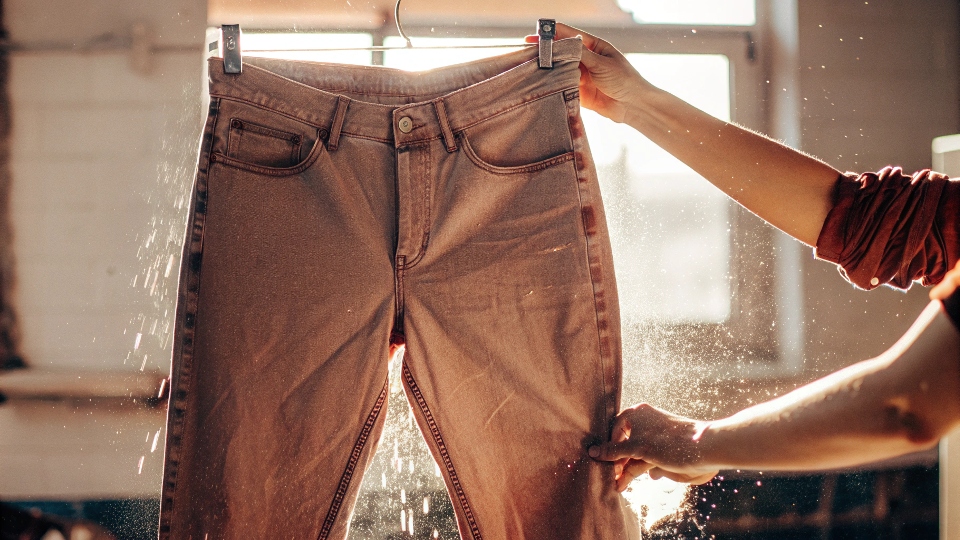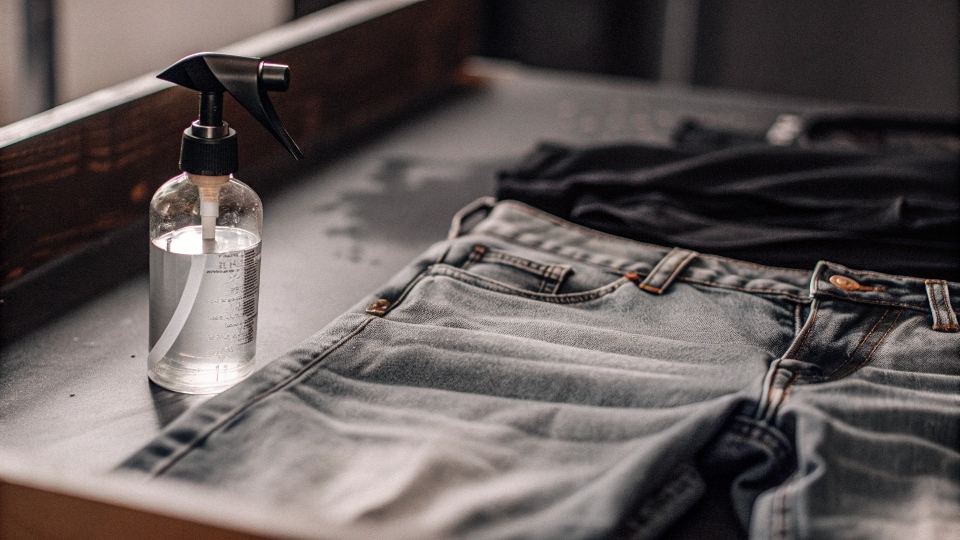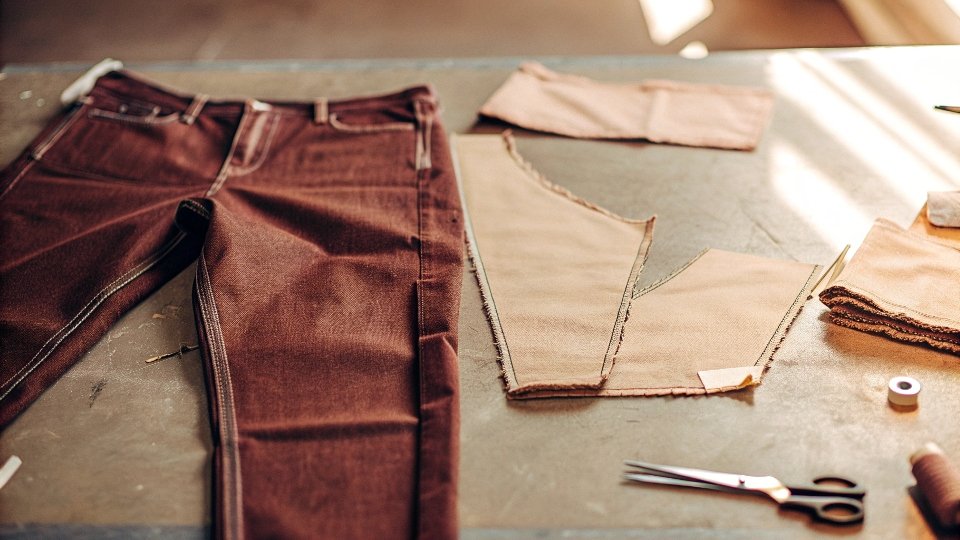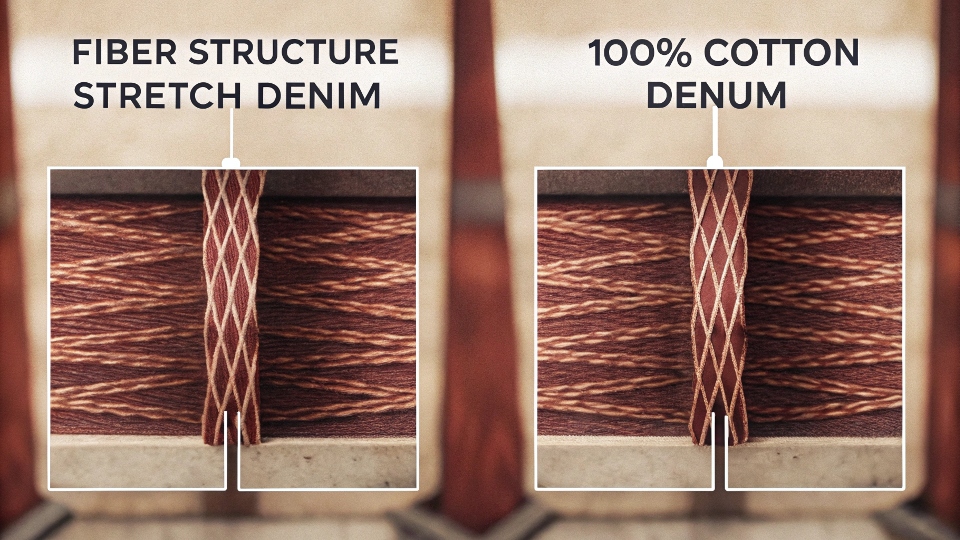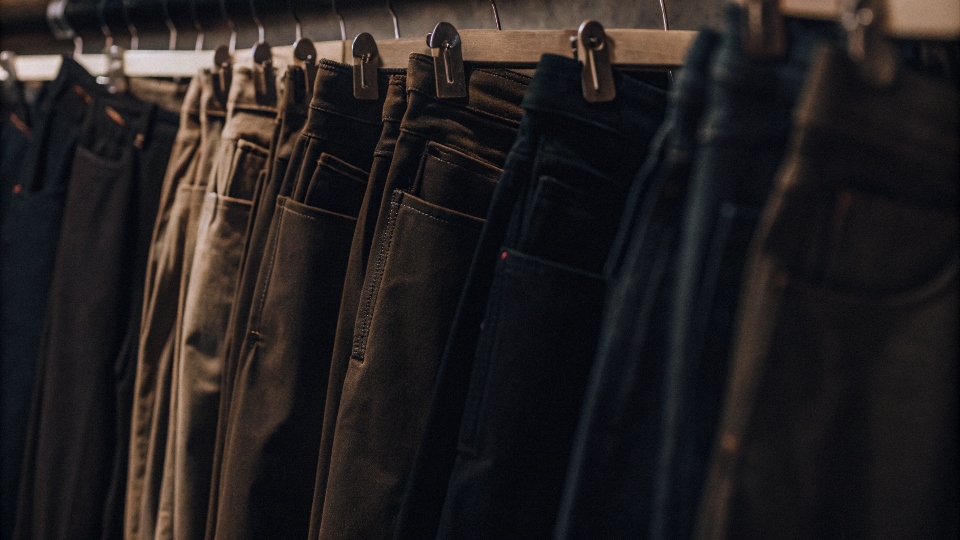Your favorite jeans are suddenly too tight. You can barely button them up, and sitting down feels like a chore. You don't want to get rid of them.
Yes, you can make tight jeans1 looser. Simple methods like stretching the fabric2 with warm water work for minor tightness, while more significant changes require sewing or professional tailoring3https://diznewjeans.com/how-to-make-stacked-jeans/)[^4]ing to add fabric.
In my factory, we are obsessed with precision measurements. A designer like Dean will specify a thigh measurement down to the last centimeter. But we also know that bodies change, and even the best-fitting jeans can become snug.
Over my two decades in this business, I've learned that denim is a forgiving fabric. It can be manipulated, and a tight fit doesn't have to be a permanent problem.
There are several ways to get a little more room and bring your favorite pair back into comfortable rotation.
How Can You Loosen Up Tight Jeans?
Your jeans are just a little too snug, especially around the waist and thighs. It's not a disaster, but you need an extra inch of room to feel truly comfortable.
The easiest way to loosen tight jeans is to spray them with warm water, put them on, and move around. The damp fibers will stretch and mold to your body as they dry.
This is the oldest trick in the book, and we even use it for fine-tuning samples in our workshop. The science is simple. Water helps relax the cotton fibers, making them more pliable.
When you put the damp jeans on and do some squats, lunges, or just walk around for 15 minutes, you are physically pulling those fibers into a new, slightly larger shape.
As the jeans air-dry on your body, they will set in that new position. This method works best for jeans that are just a little too tight.
Targeted Stretching Techniques
- The Water Spray Method: This is the most common approach. Fill a spray bottle with lukewarm water and generously dampen the tight areas—waist, hips, thighs. Wear the jeans until they are dry. This can give you up to an extra inch of room.
- The Bath Method: For an all-over stretch, some people put on their tight jeans and sit in a warm bath for about 20 minutes. It feels strange, but it soaks the entire garment, allowing it to conform perfectly to your body as you wear it while it dries.
- The Heat Method: If you're in a hurry, you can use a hairdryer. Spray the tight spot, and as you pull on the fabric with your hands, apply gentle heat from the dryer. This speeds up the drying process while the fibers are in their stretched state.
How Can You Make Tight Jeans Into Loose Jeans?
You don't just want a bit more room. You want to transform your tight jeans into a completely different, more relaxed style. This seems like an impossible task.
To make tight jeans truly loose, you must add fabric. This is a significant sewing project where you insert panels, called gussets4, into the seams to increase the garment's width.
This is more than a simple stretch; it's a complete reconstruction. It's something we do when developing new patterns—we might take a skinny fit sample and add panels to see what a straight-leg version would look like.
To do this at home, you need to cut open the inseam or outseam of your jeans and sew in a strip of new fabric.
You can use matching denim for a hidden look or a contrasting fabric to make a fashion statement. Another, less common option is to see if your jeans have any extra fabric in the seam allowance.
Most modern, mass-produced jeans do not have much extra fabric to save on costs. However, some high-end or vintage pairs might have enough room for a tailor to "let out" the seams by about half an inch.
Do Tight Jeans Get Looser Over Time?
You bought a pair of jeans that were very snug, hoping they would stretch out with wear. After a few days, you're still not sure if they are getting any more comfortable.
Yes, jeans with elastane (stretch denim) will get looser with wear as the fibers relax. However, 100% cotton jeans5 will not stretch out permanently; they will return to their original size after washing.
This is one of the most important distinctions in the world of denim, and it comes down to fabric composition.
The majority of jeans on the market today are made with stretch denim6, which is a blend of cotton and a small amount of an elastic fiber like elastane7 or Lycra. These elastic fibers are what give the jeans their signature stretch and recovery.
When you first wear them, they will feel tight, but after a few hours or a day of wear, those fibers relax, and the jeans will feel looser and more comfortable. 100% cotton denim, on the other hand, does not have these elastic fibers.
Any "give" you feel is just the mechanical shifting of the cotton weave. When you wash the jeans, the cotton fibers swell and shrink, tightening the weave and returning the jeans to their original size.
| Jean Type | Will It Get Looser? | Why? |
|---|---|---|
| Stretch Denim | Yes, permanently (until washed) | Elastane fibers relax and "break-in" with body heat and movement. |
| 100% Cotton Denim | Temporarily, but not much | The fabric weave may settle, but it will tighten back up after washing. |
Is There a Way to Make Other Tight Pants Bigger?
The problem isn't just your jeans. You have other pants, like chinos8 or trousers, that have become too tight. You wonder if the same stretching methods will work.
Yes, the same principles for loosening jeans can be applied to other types of pants. However, you must be more careful and adjust your technique based on the specific fabric.
Fabric is everything. While denim is incredibly tough and can handle a lot of pulling and heat, other materials are more delicate. For cotton chinos or twill pants, the warm water spray-and-wear method works perfectly, just like with jeans.
But for pants made of wool or linen, you must be much more gentle. Use cool water instead of warm, and avoid high heat from a dryer, as it can damage or shrink the fibers permanently.
For any expensive or structured pair of trousers, your best option is to take them to a professional tailor. A tailor can assess the construction of the garment and see if there is enough seam allowance to let out.
They can also perform more complex alterations, like adding hidden elastic panels to the waistband for extra comfort without changing the look of the pants.
Conclusion
You don't have to give up on your tight jeans. From simple water-stretching tricks to professional alterations, there are many effective ways to add more room and make them comfortable again.
-
Explore effective methods to loosen tight jeans and bring comfort back to your favorite pair. ↩
-
Learn about various techniques to stretch fabric in jeans for a better fit. ↩
-
Find out when it's best to seek professional help for altering your jeans. ↩
-
Learn about gussets and their role in making jeans more comfortable. ↩
-
Understand the limitations of 100% cotton jeans and their behavior over time. ↩
-
Explore the differences between stretch denim and regular denim for better choices. ↩
-
Discover the role of elastane in denim and how it contributes to stretch. ↩
-
Discover if the same techniques for loosening jeans apply to other types of pants. ↩

